DISTANT DIVIDES
At HALLE 14 Zentrum für zeitgenössische Kunst, Leipzig
30 April - 28 August, 2022
Group exhibition curated by Clementine Butler-Gallie
Supported by: Stiftung Kunstfonds Bonn, Goethe Institut, Institut für Auslandsbeziehungen
Exhibiting Artists:
Etel Adnan, Hiba Alansari & Mahmoud Alansari, Chaza Charafeddine, Mahmoud Dabdoub, Fouad Elkoury, Gilbert Hage, Mohamad Kanaan, Elisabeth Liselotte Kraus & Nour Sokhon, Arthur Laidlaw, Zad Moultaka, A. R. Penck, Franziska Pierwoss, Ghassan Salhab, Siska, Paola Yacoub
Featuring:
Performance of Beirut Berlin Birds by Nour Sokhon in collaboration with Yara Mekawei supported by Kulturstiftung des Freistaates Sachsen
Curatorial text exchange between Clementine Butler-Gallie (Berlin) and Marie-Nour Hechaime (Beirut)
Pop-Up Research Library
Workshop A City in Fragments
View more on project research phases here
View feature of Distant Divides as part of TU Dresden’s Art in Networks project
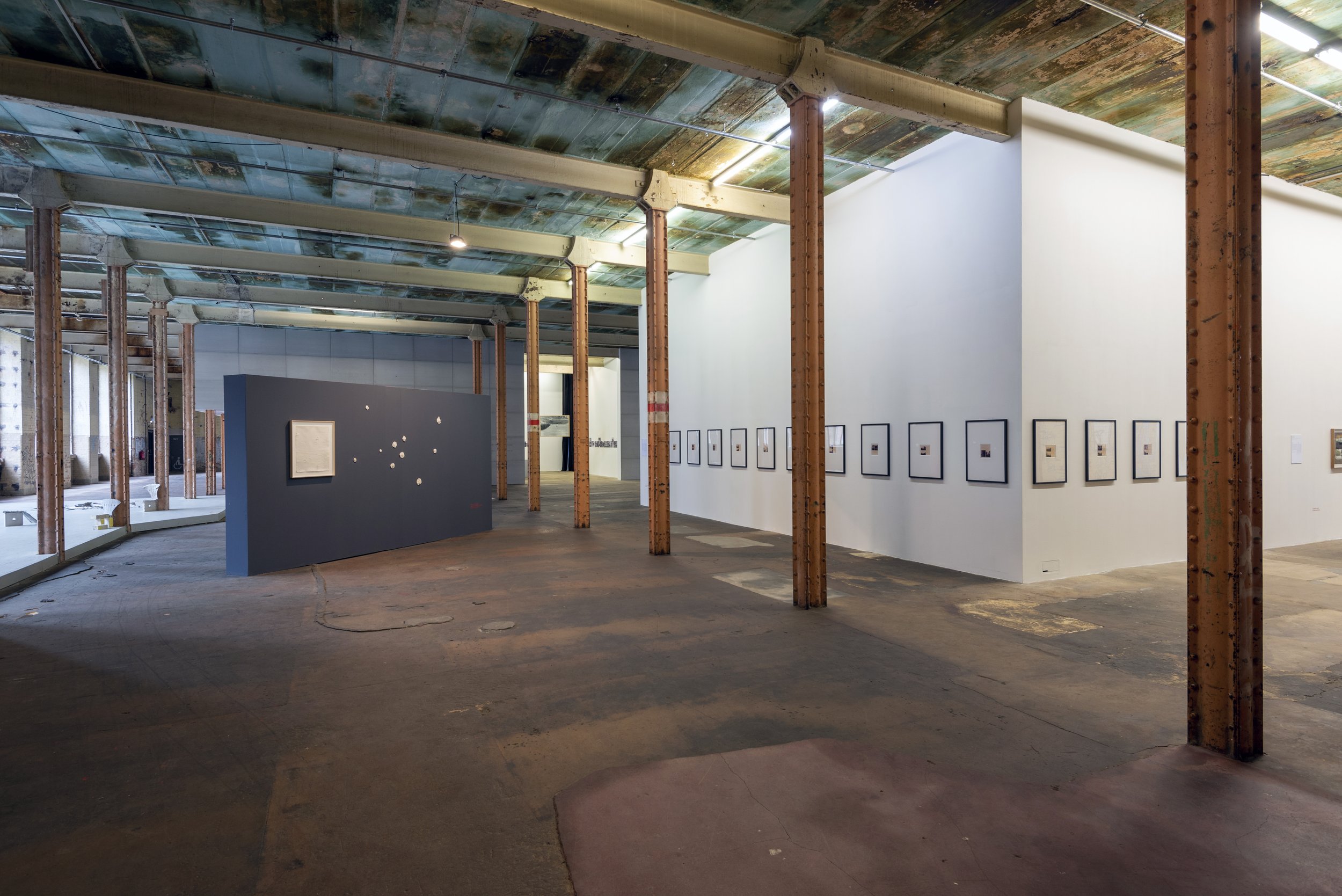

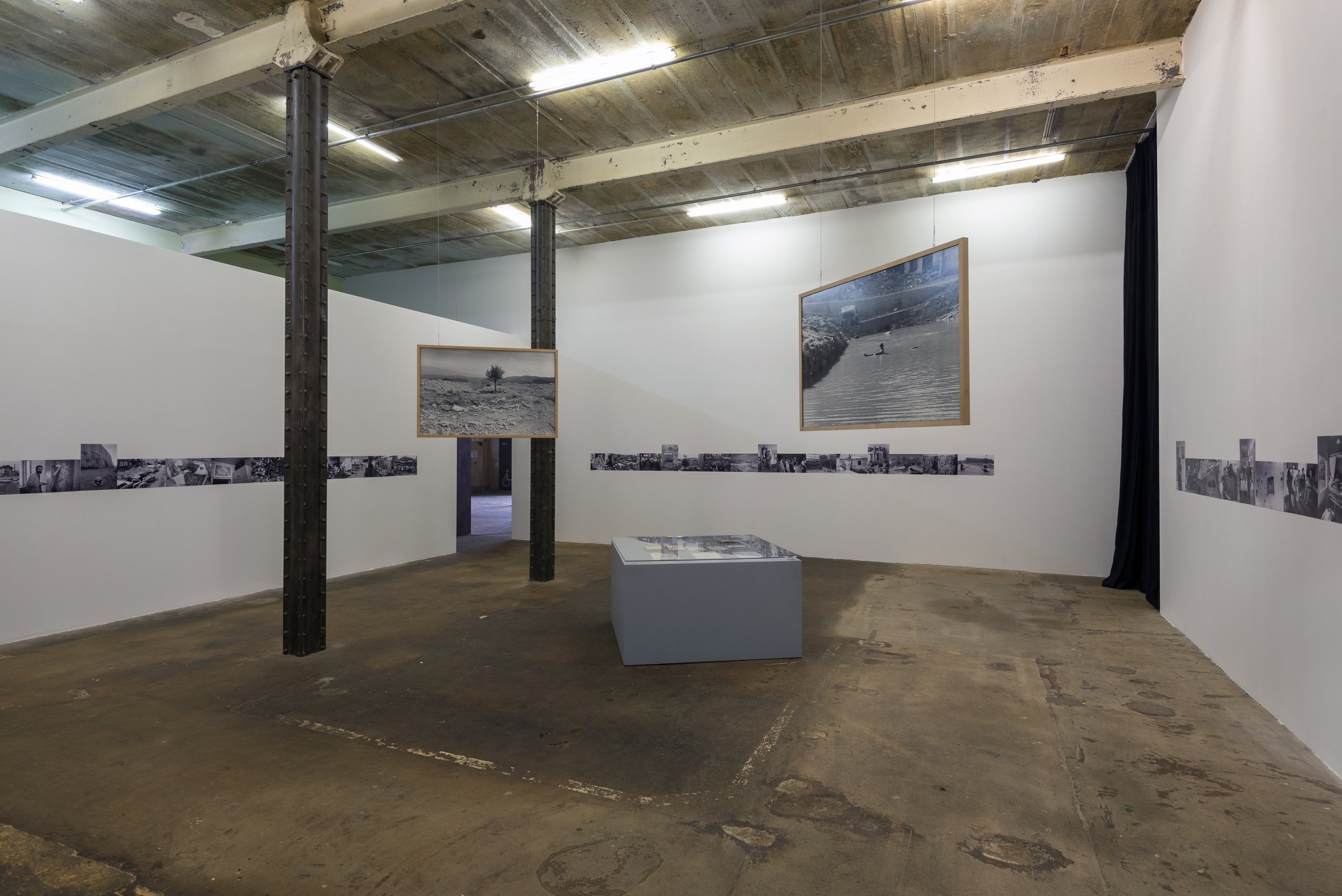
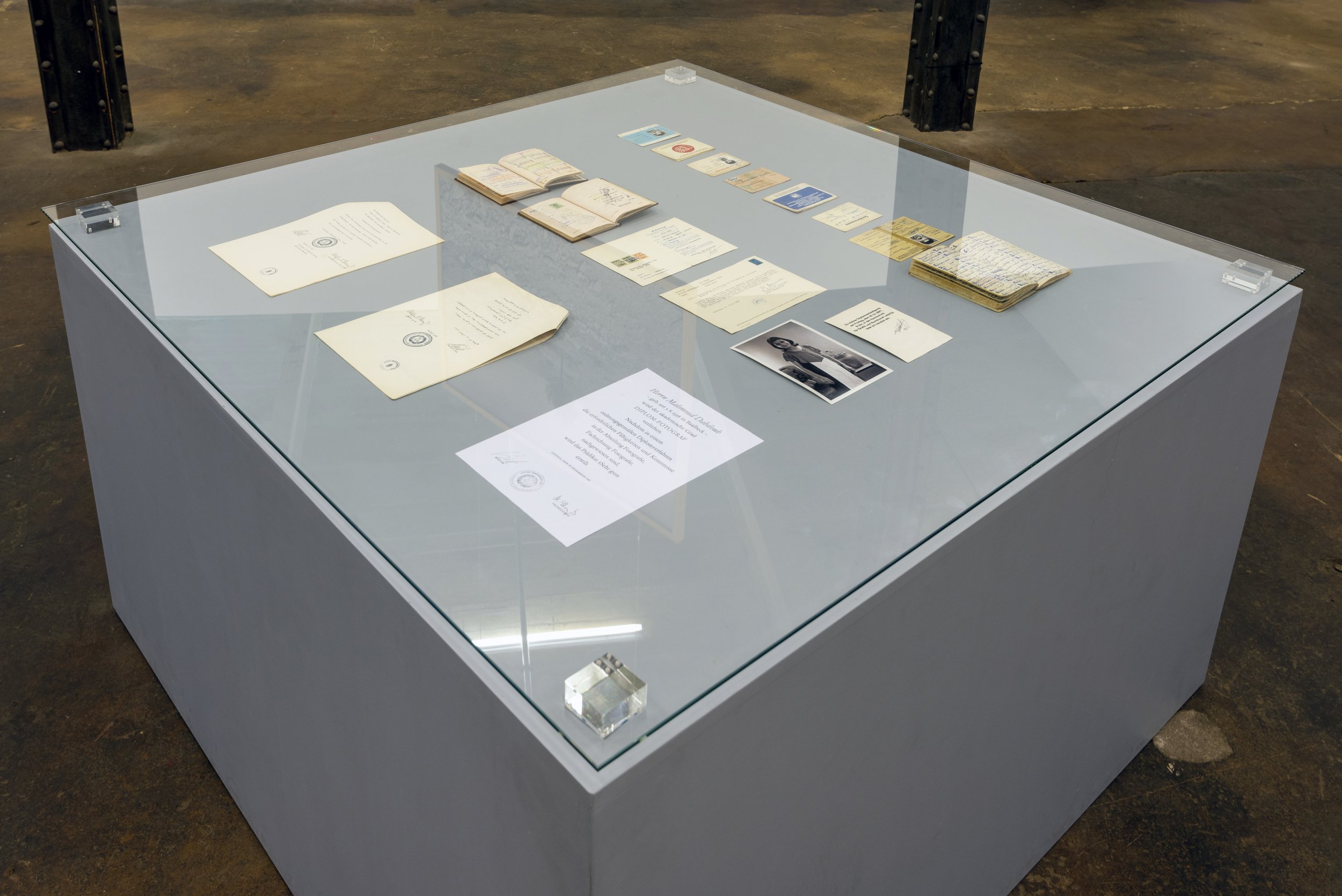
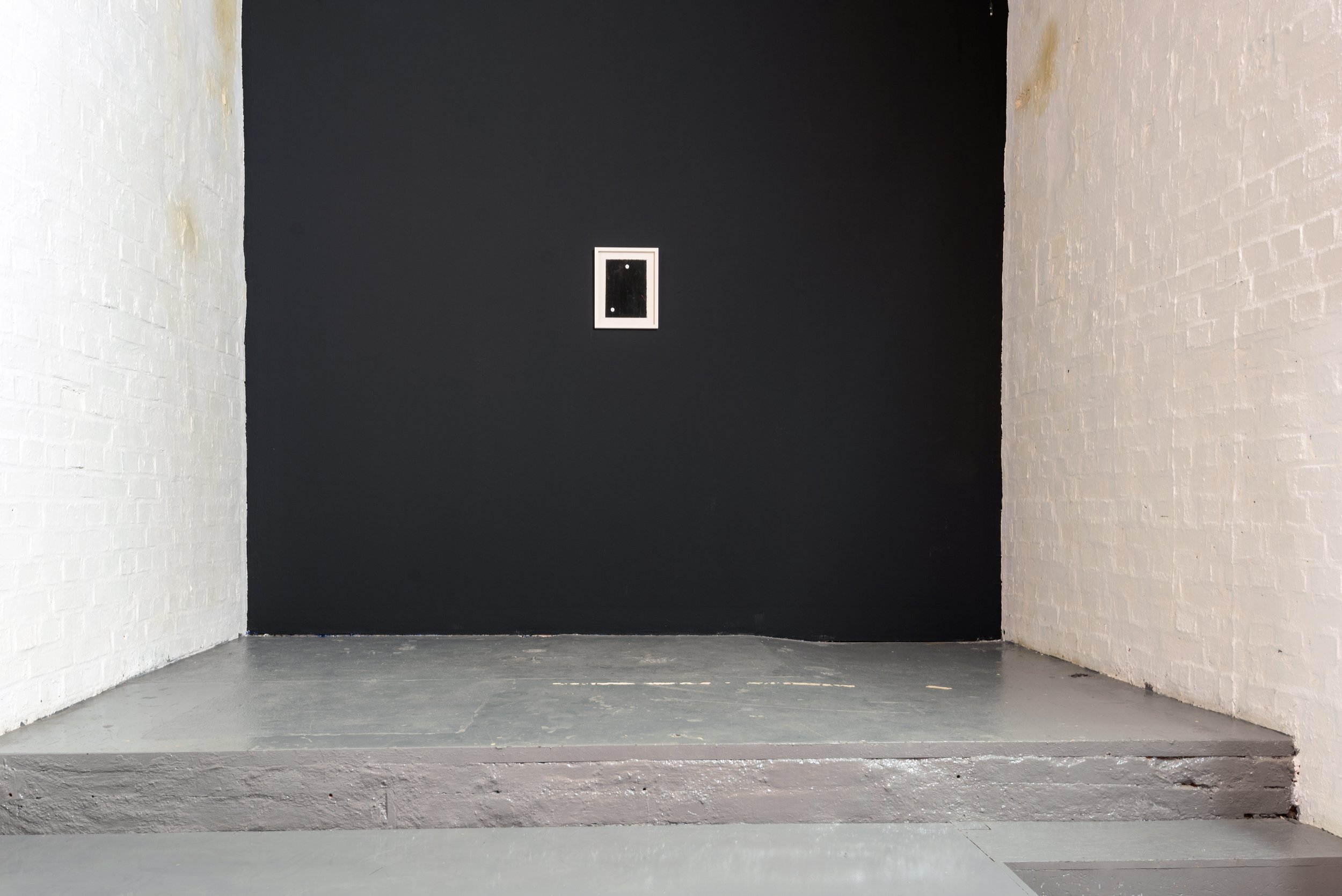
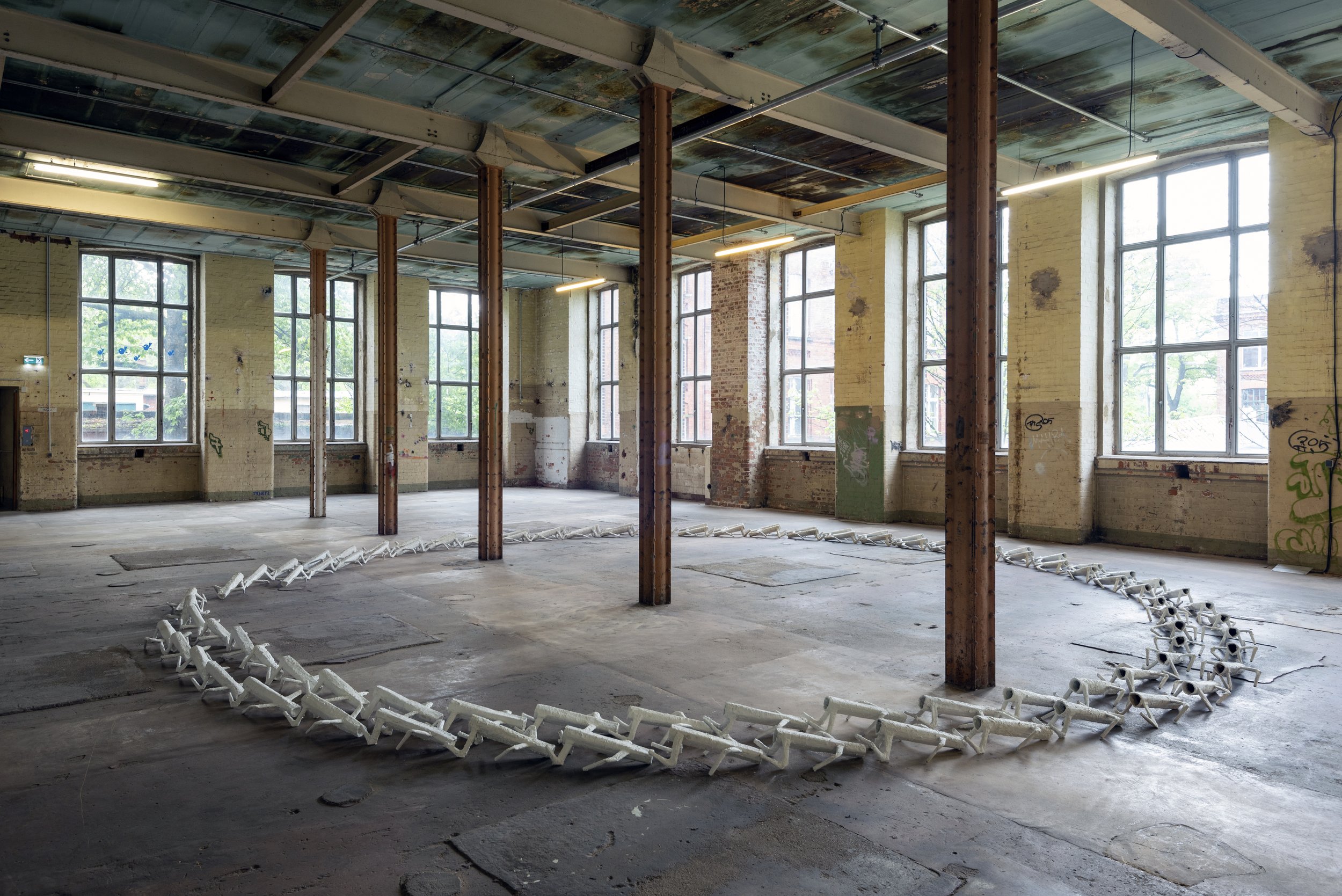
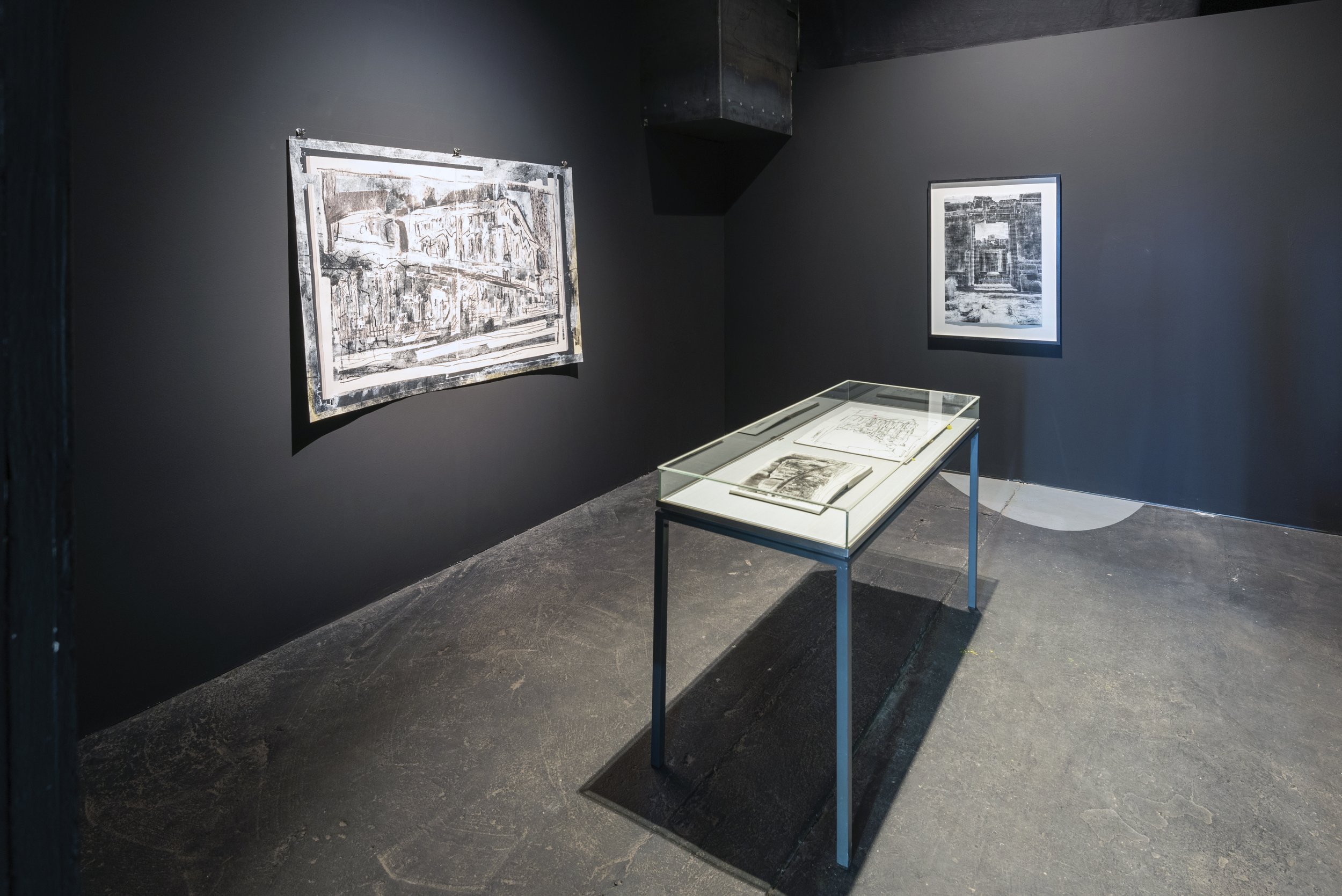
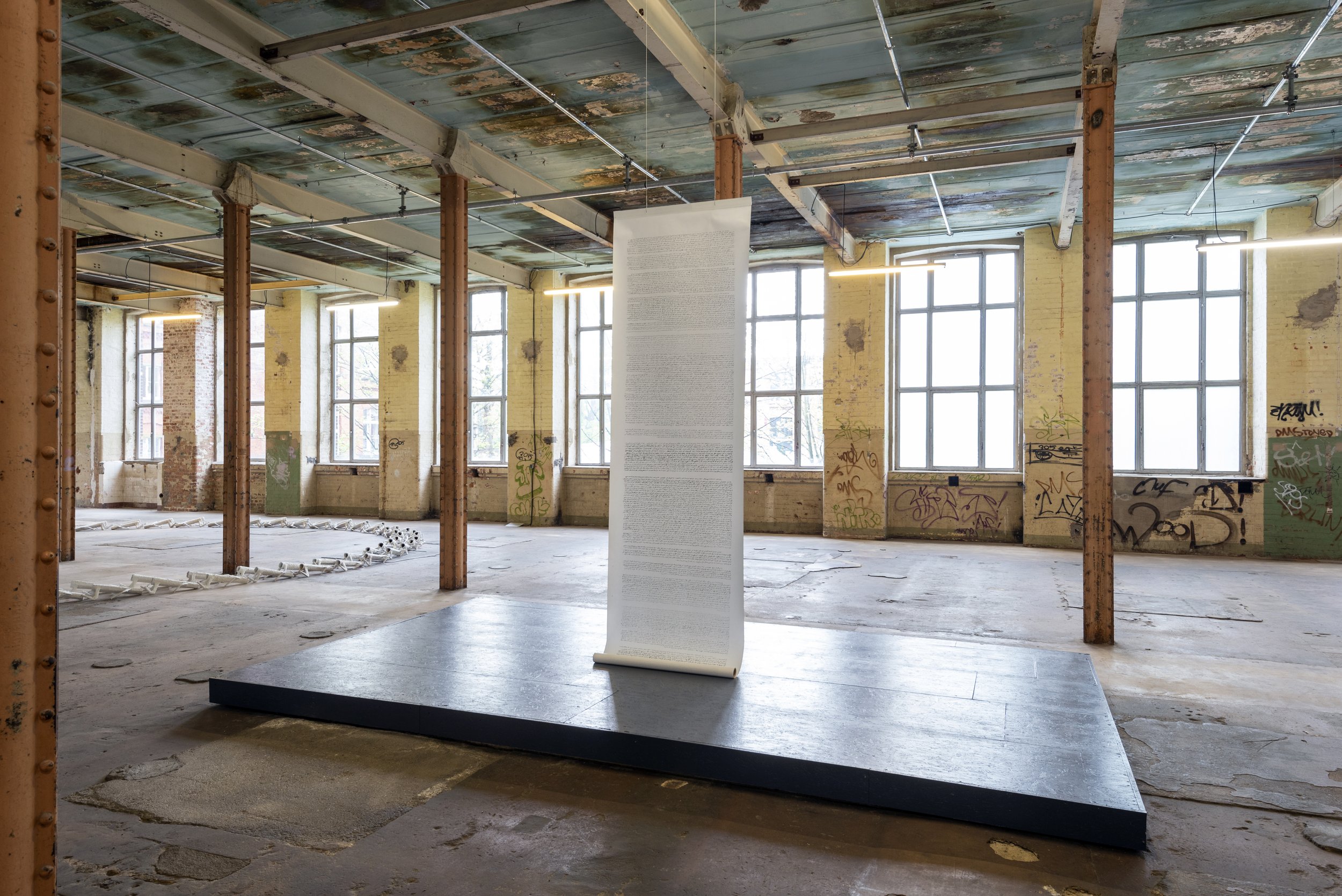

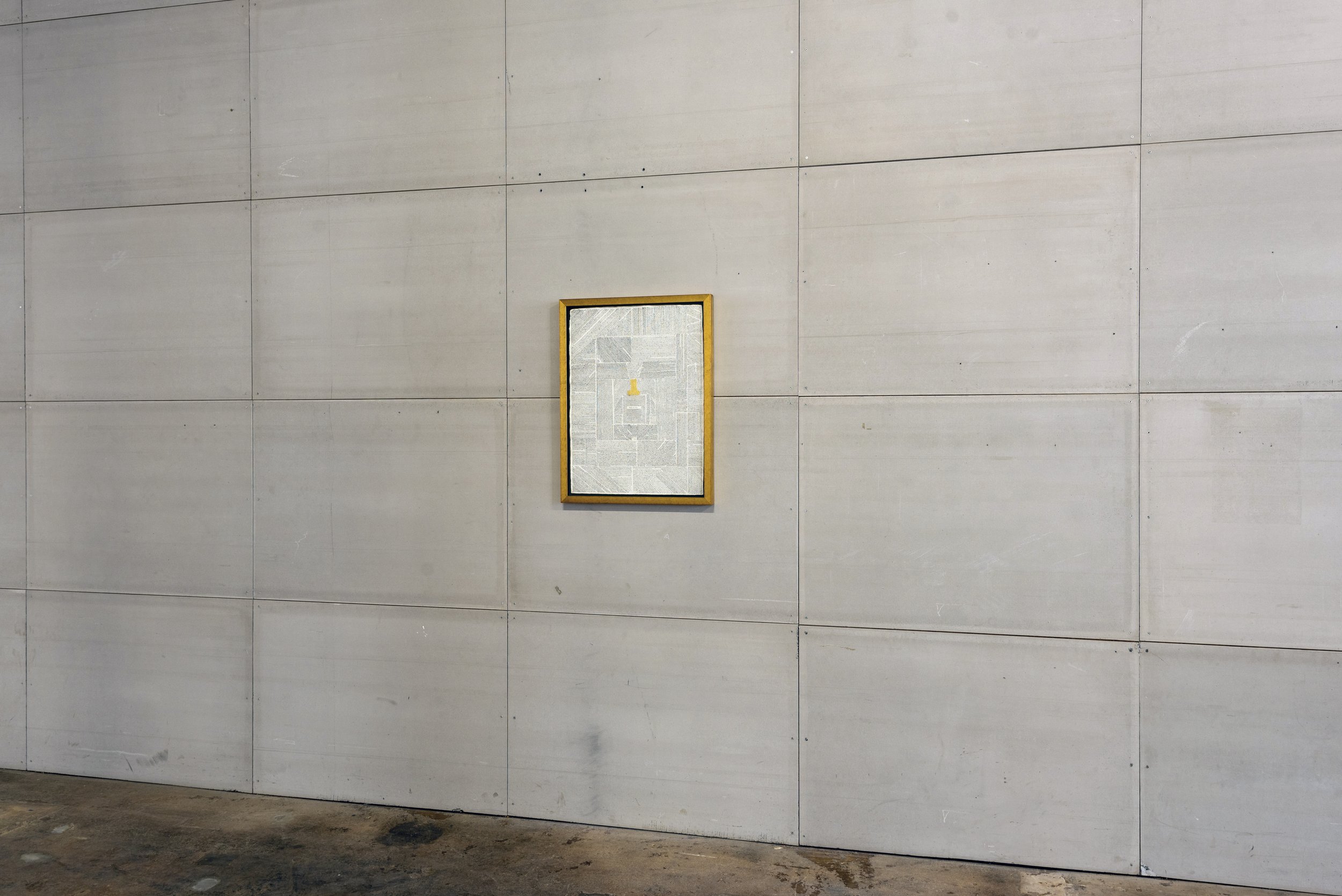
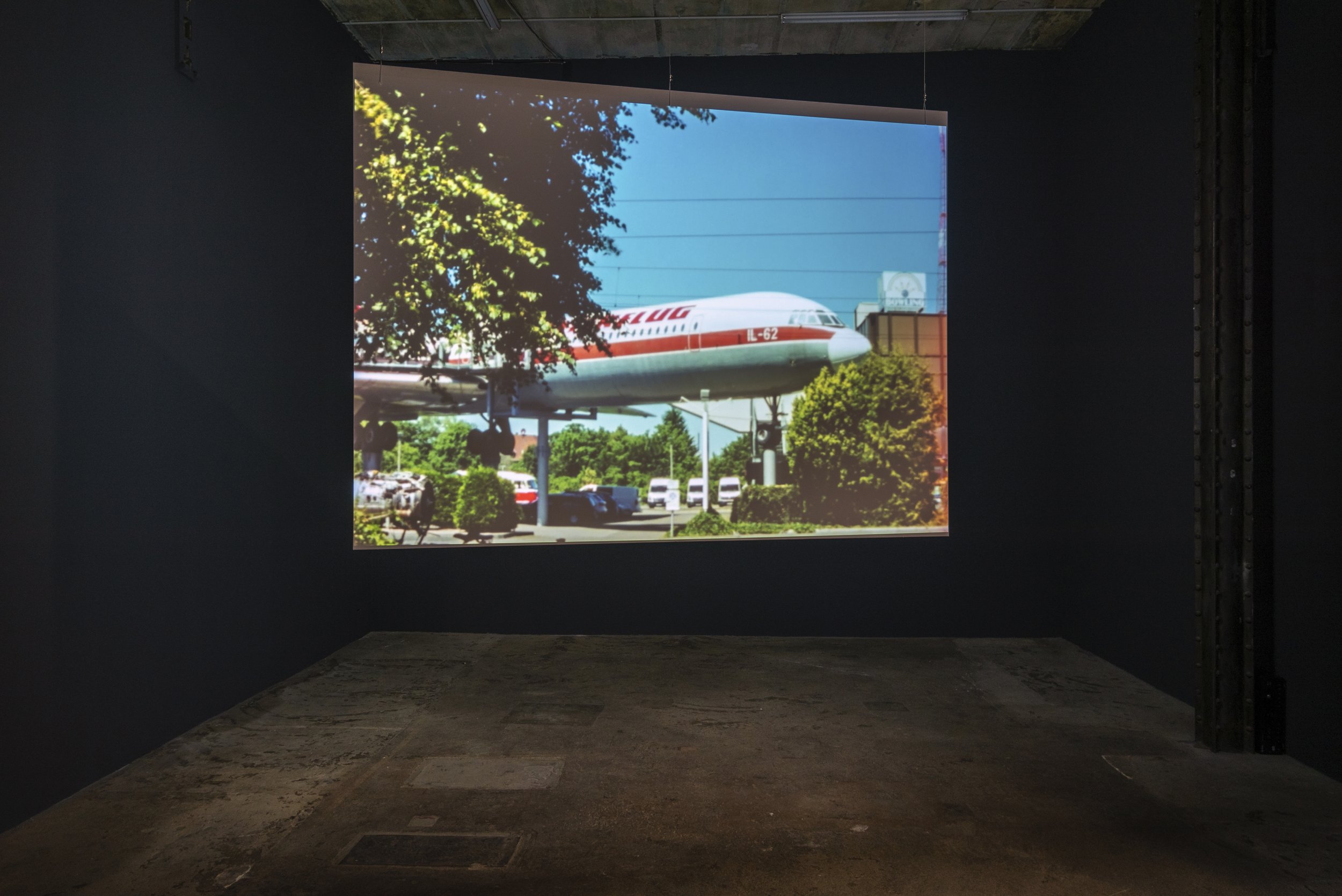

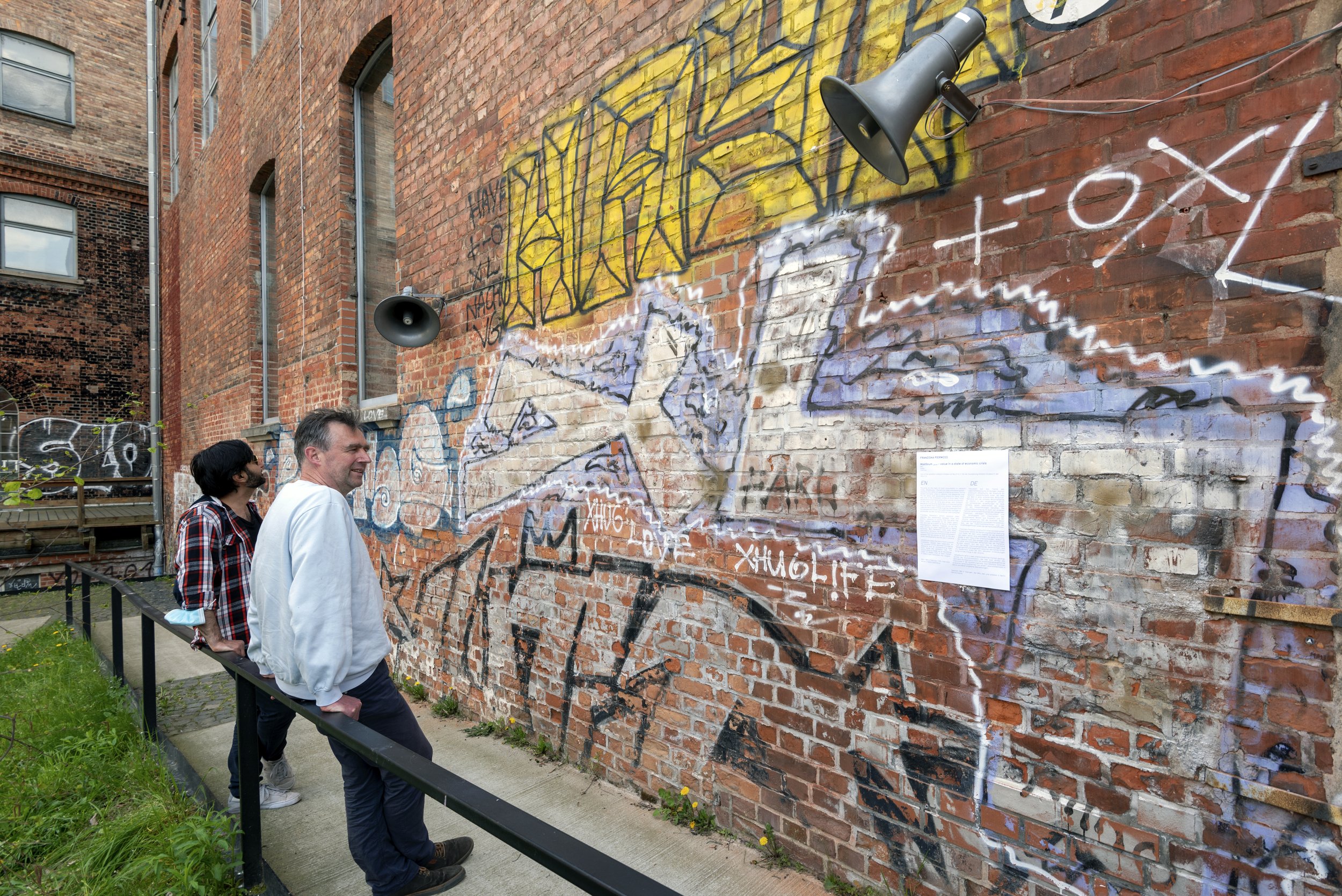

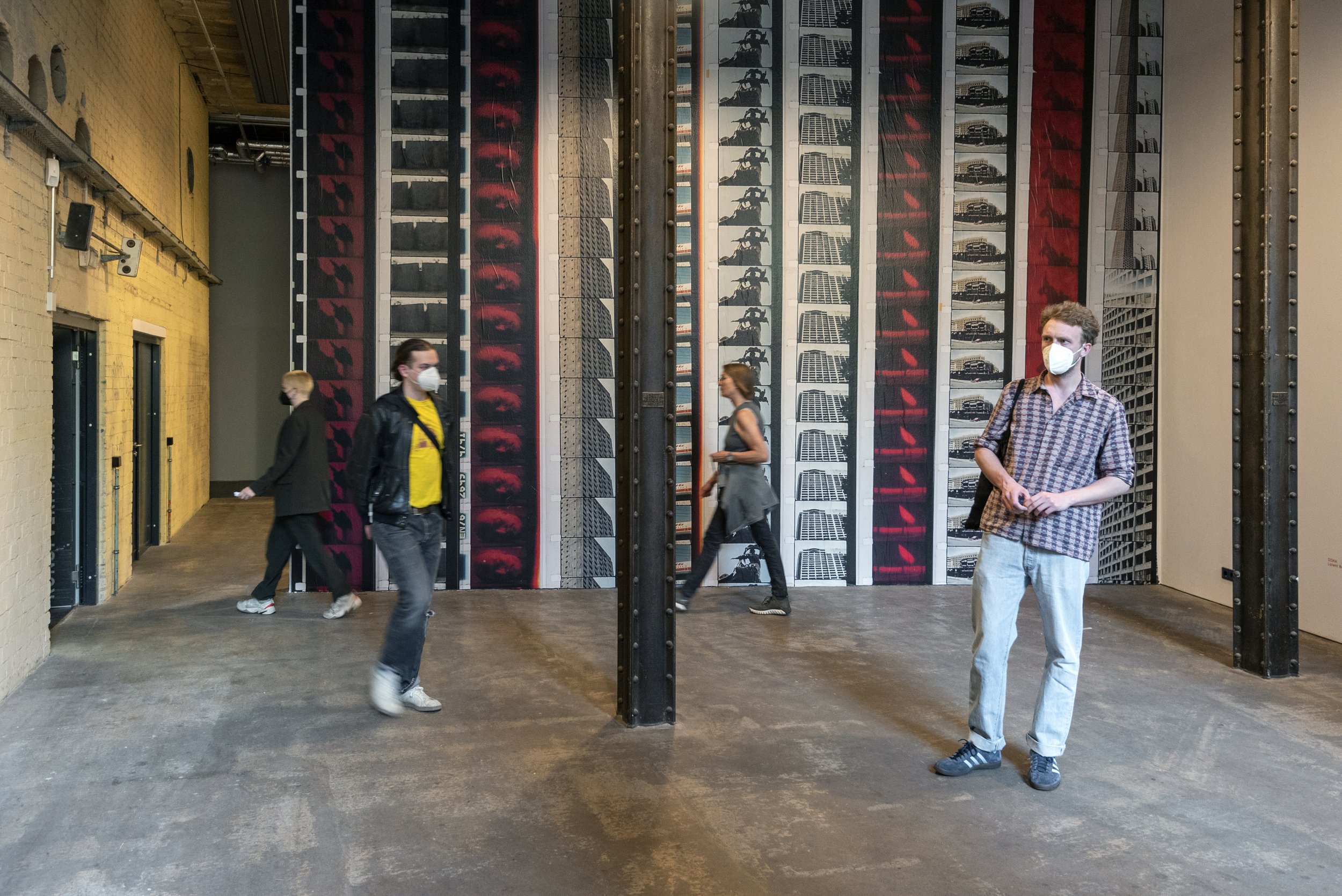
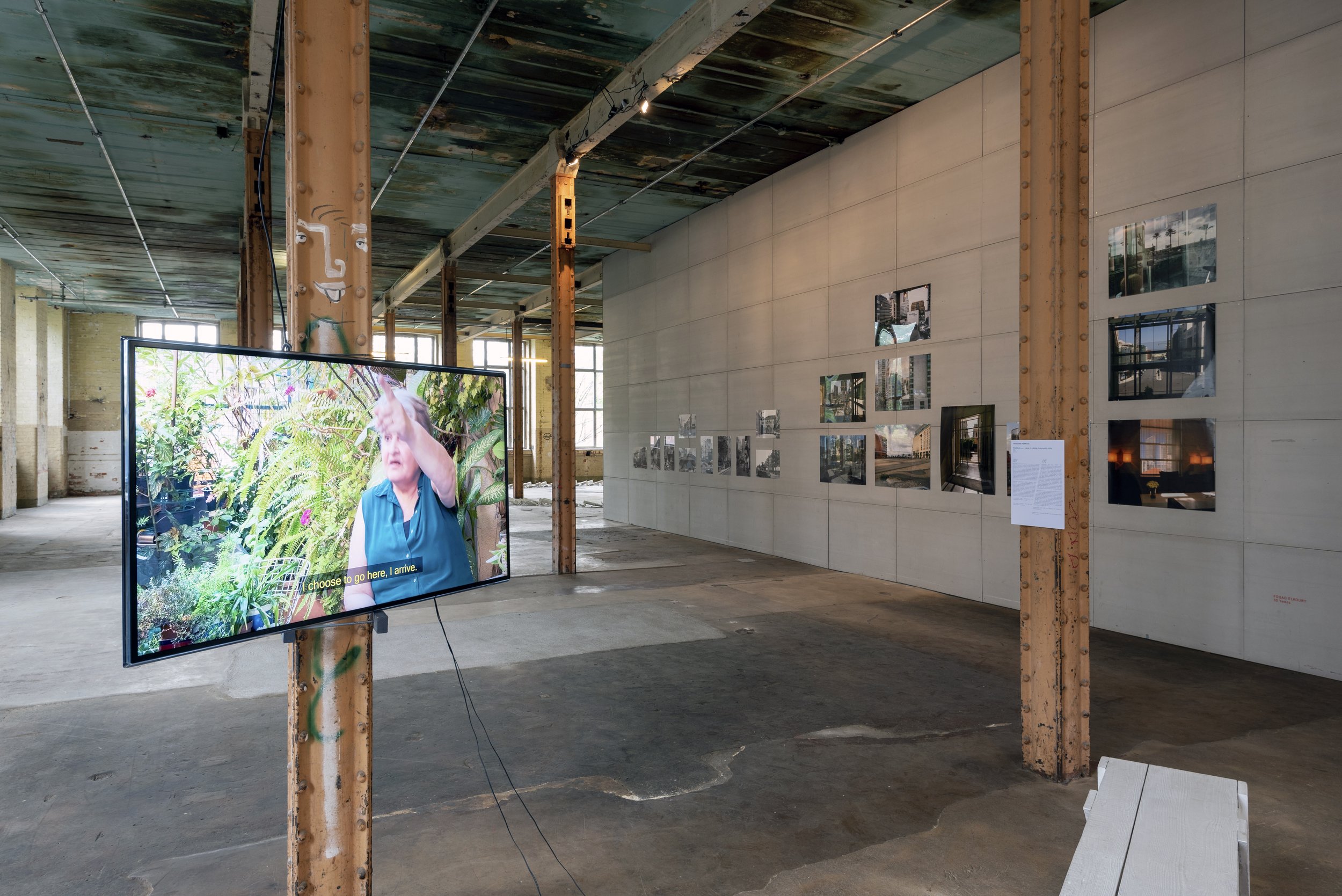
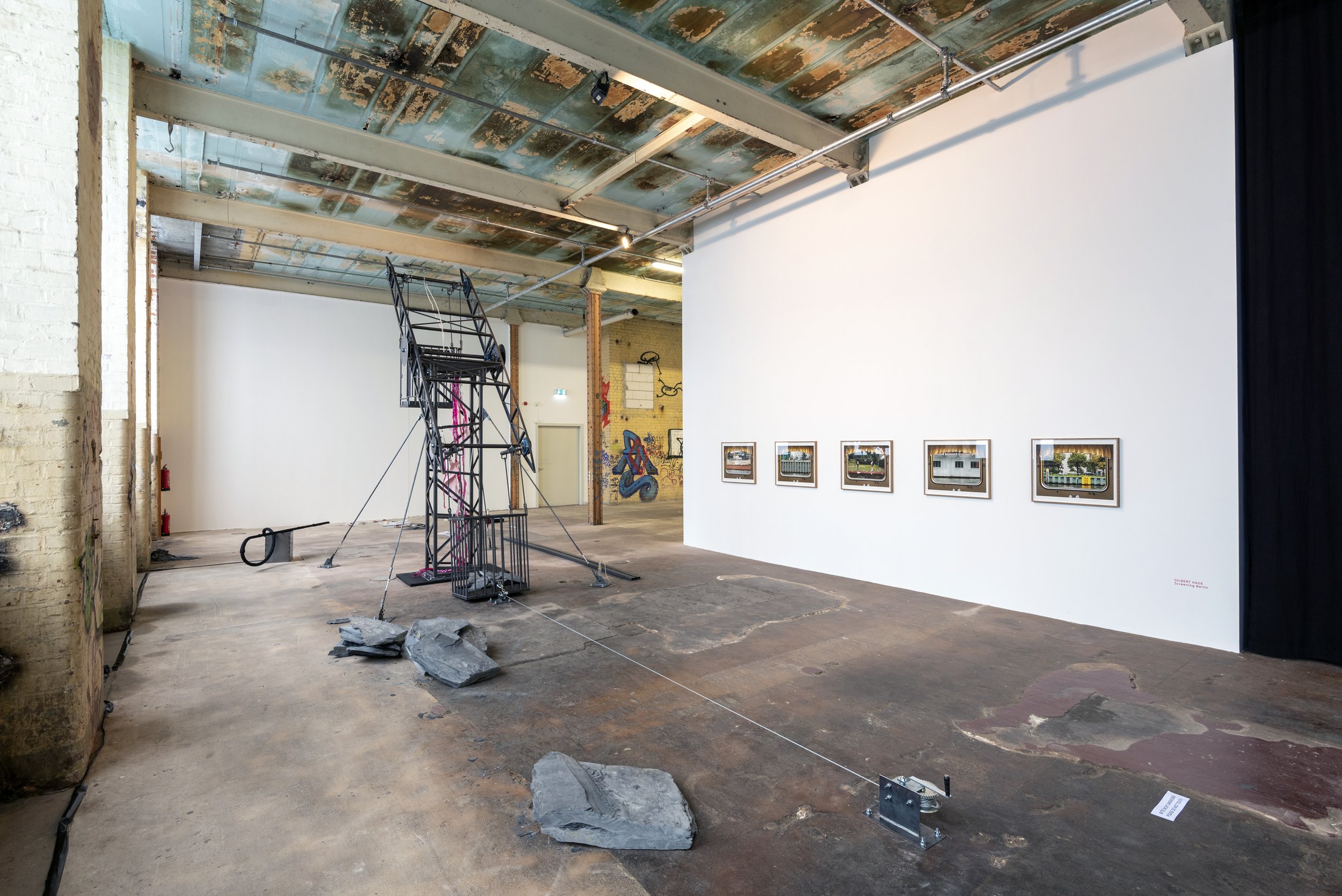
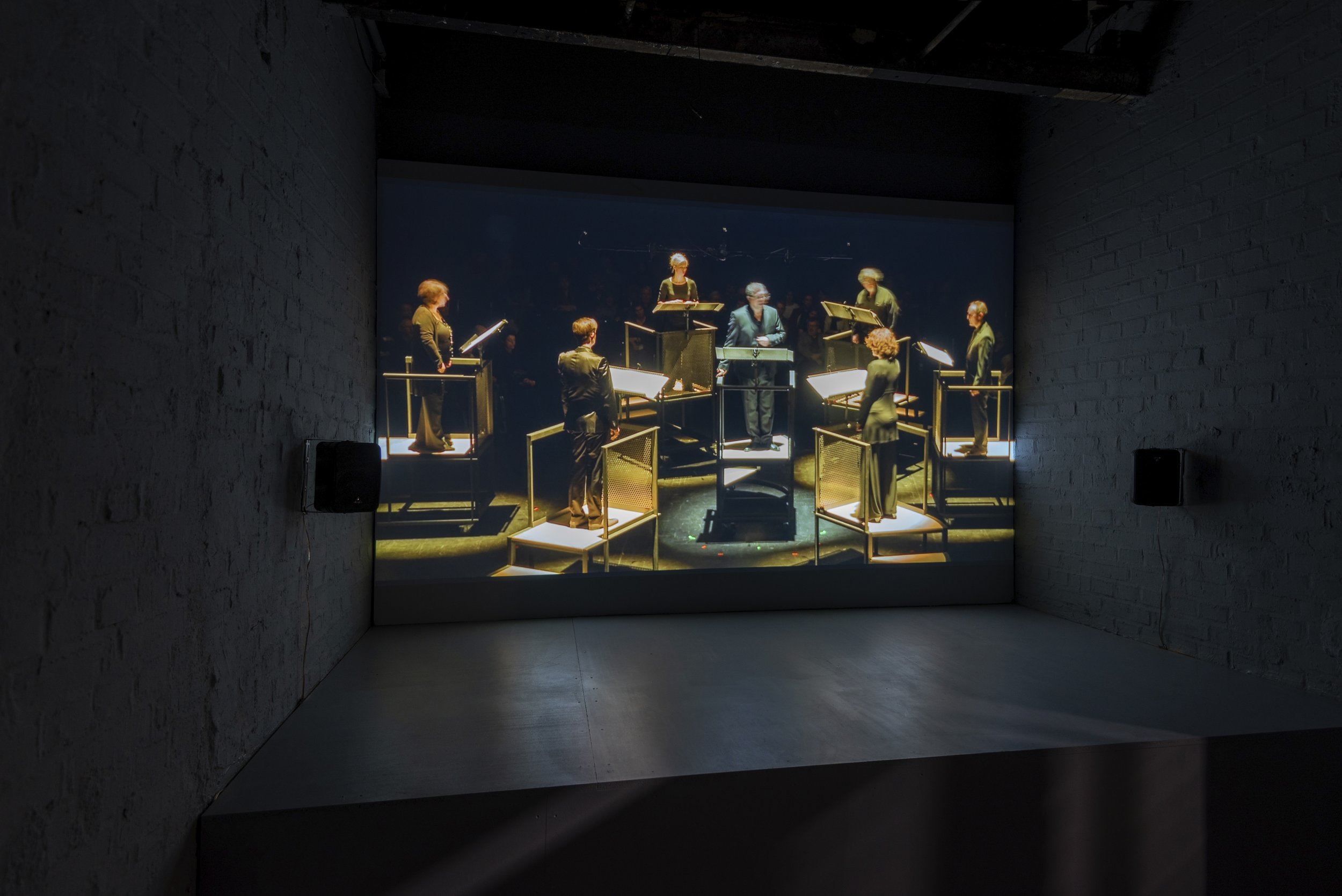


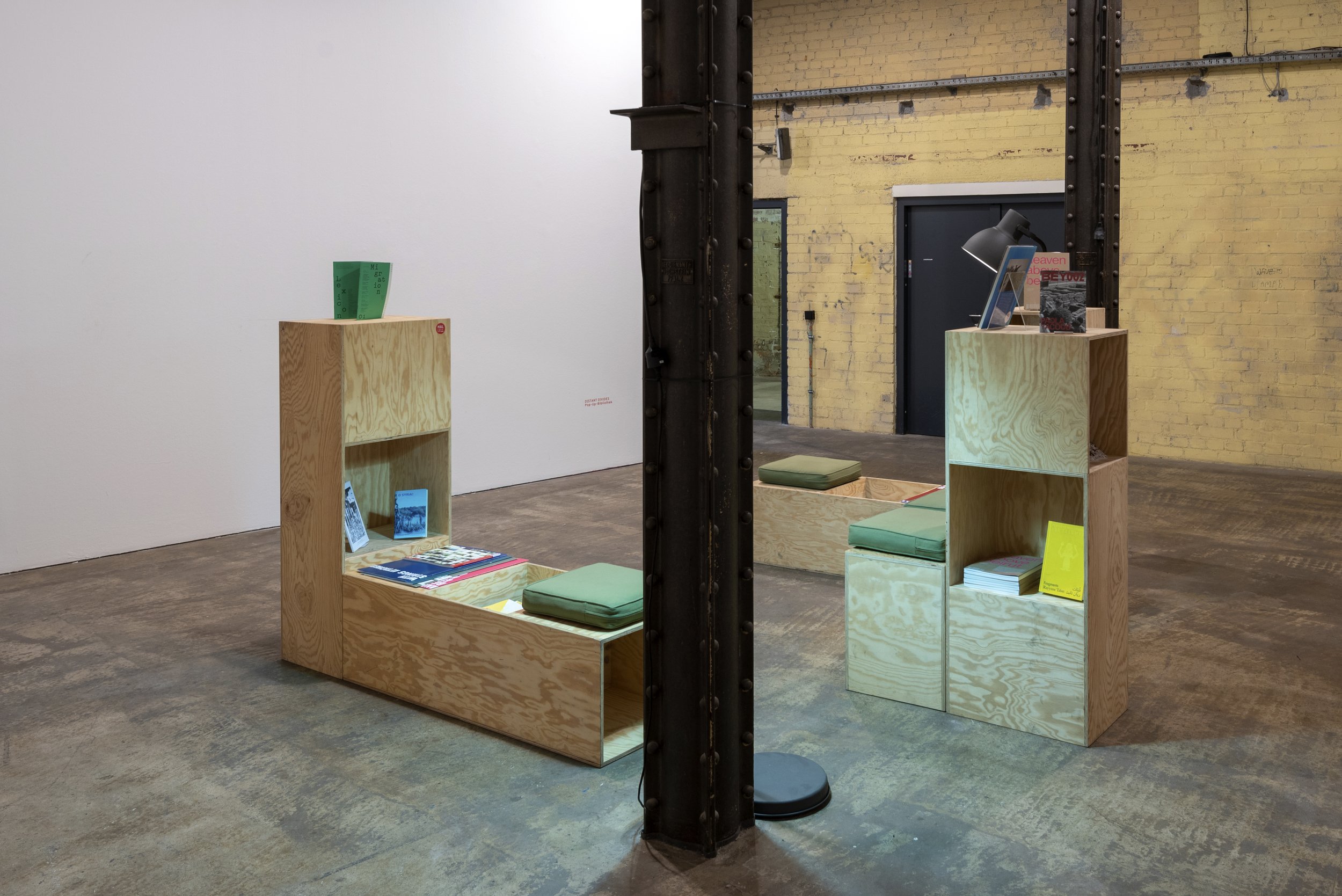

All images by Sven Bergelt
Exhibition Text:
Lebanon and Germany share histories of internal East and West divides. Beirut’s Green Line separated the Muslim and Christian communities during the country’s 15 years of Civil War whilst the Berlin Wall divided the city into two ideologically contrasting zones. Despite these divisions, and in some cases because of them, a number of artists crossed from one land to another. In the situation when bodies were not able to travel but objects were, artworks would venture alone. This brought about a cultural crossing that saw an exchange of artistic styles, languages, love, and friendships, the results of which are still in play today. As Germany reunified in 1990, Lebanon’s war supposedly ceased. Over three decades on, new paradigms of exchange and division have emerged as history re-orientates itself.
Distant Divides is a long-term research project that explores the artistic exchange between Lebanon and Germany. The research starts in 1960, the year before the building of the Berlin Wall, and the outset of the ‘Golden Age’ in Beirut, which saw a flourish of cultural activity in the country. It continues through periods of conflict, the violent Lebanese Civil War (1975-90) and the years of animosity between East and West Germany up to 1990, the year of supposed peace for both countries. The research reaches up until the present day, which in Lebanon is seeing new waves of displacement and migration due to on-going political turmoil, a deepening economic crisis and the damage and lack of accountability left behind from the Beirut Port explosion of August 4th 2020.
The exhibition reflects on the research by bringing together a group of 17 artists who have in some manner experienced and documented the path of exchange between the two previously divided countries and archived the activity on either side through various artistic gestures. The project inquires into the divisions and connections of the past to present, in Lebanon and Germany, whilst also focusing on the future of this rich route. Through the constellation of works exhibited core questions emerge that guides the exhibition’s inquiry: What can we learn about trans-national communities from the documentation of travel between two divided lands? Do connections exist between places, or rather people? And what is the importance of bringing personal records of exchange into dialogue with one another in the context of the present day?
Featured in the press:
Monopol Magazin
Urbanite
Leipziger Volkzeitung
Leipziger Zeitung
Zeit Online and Zeit Magazin (edition 5th May)
Süddeutsche Zeitung